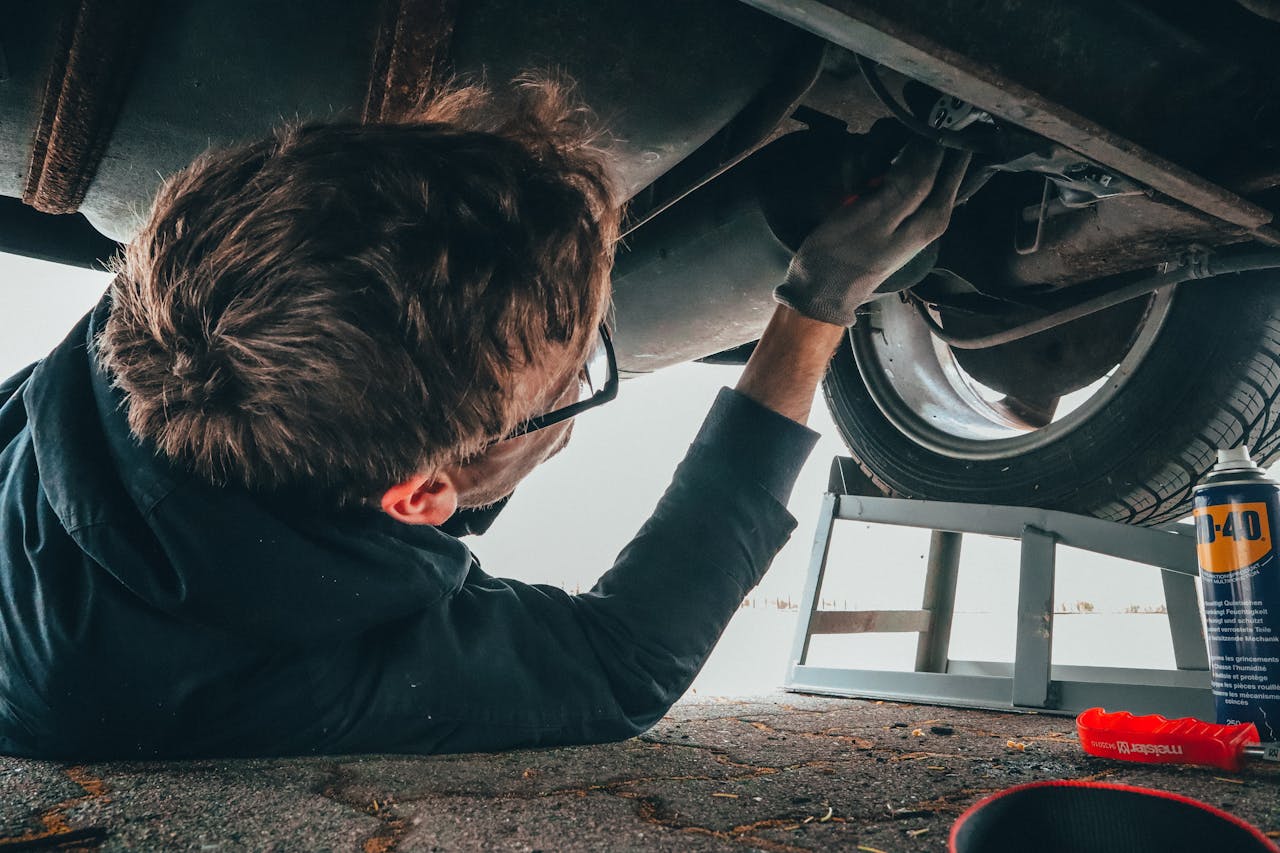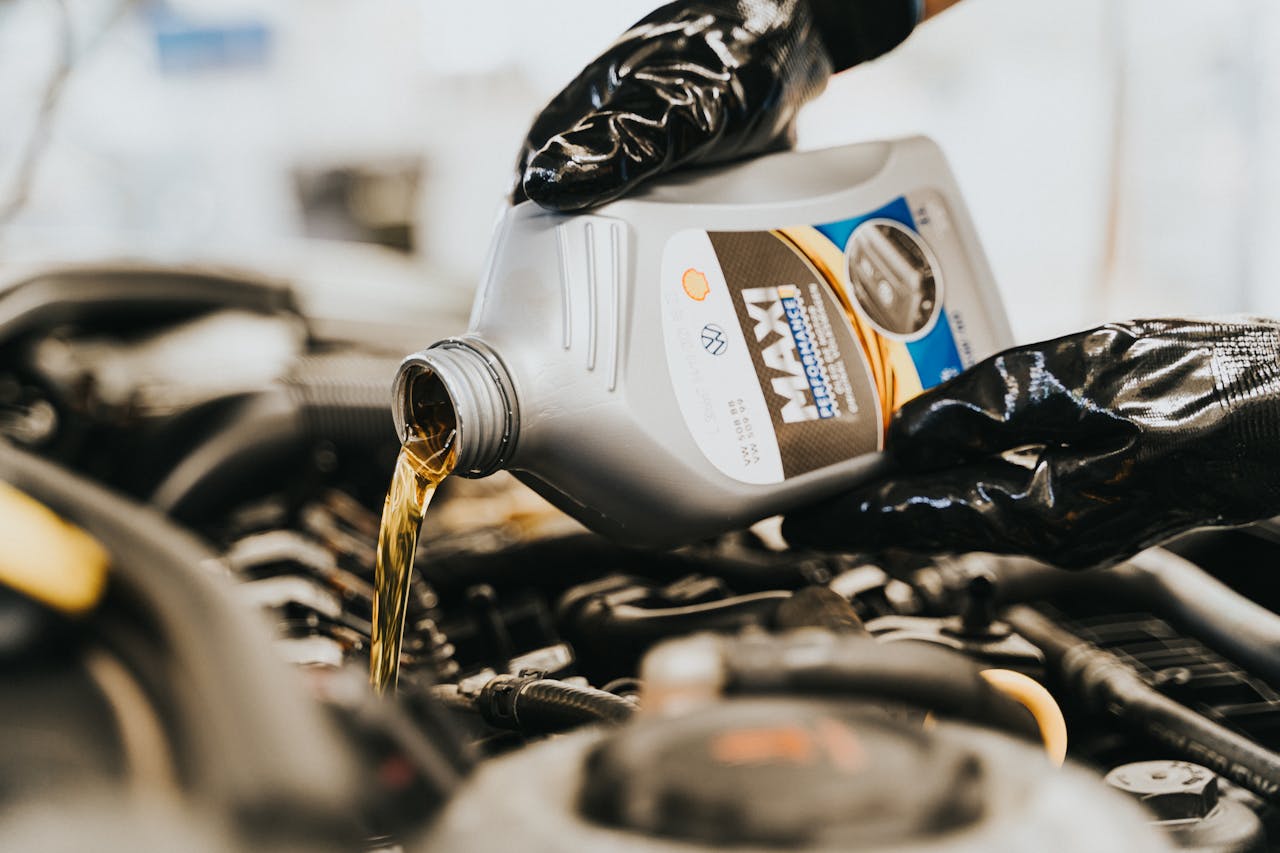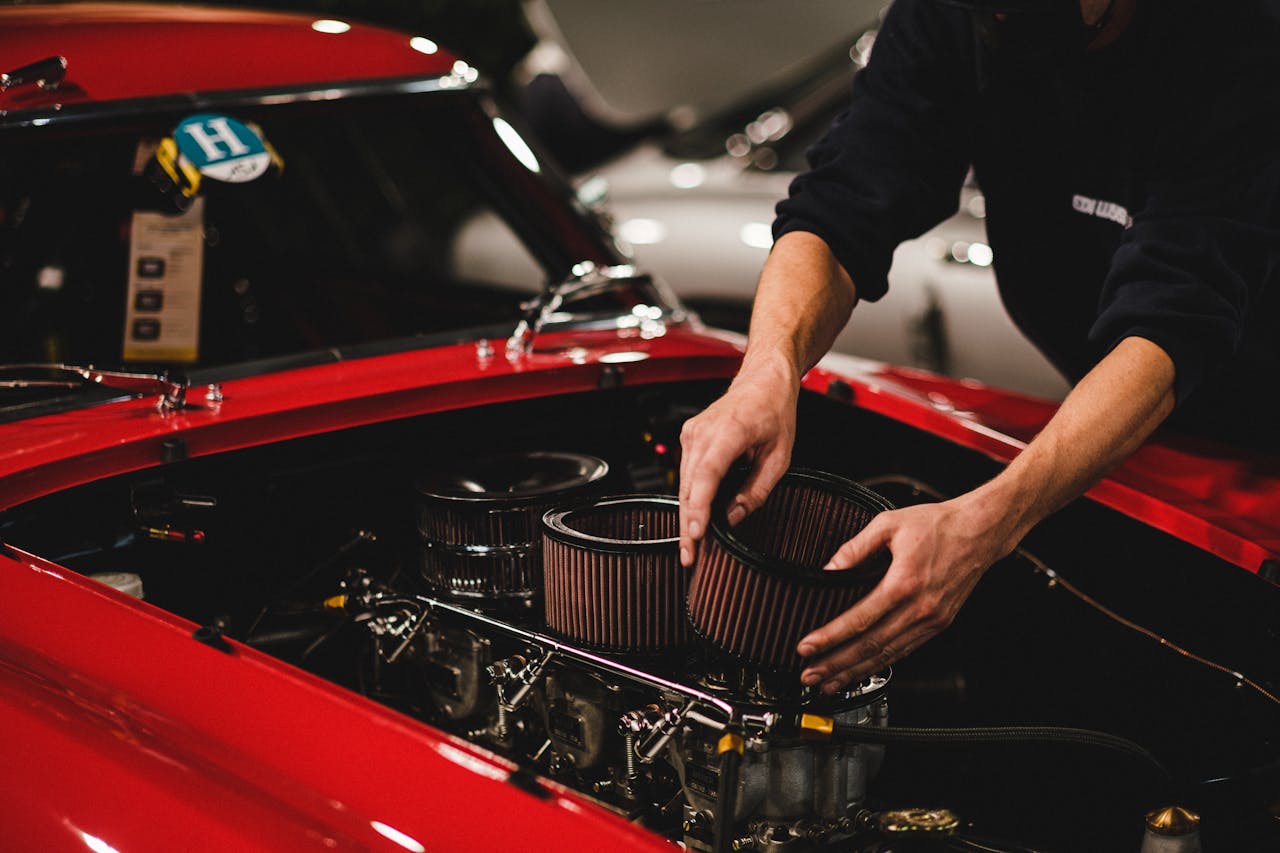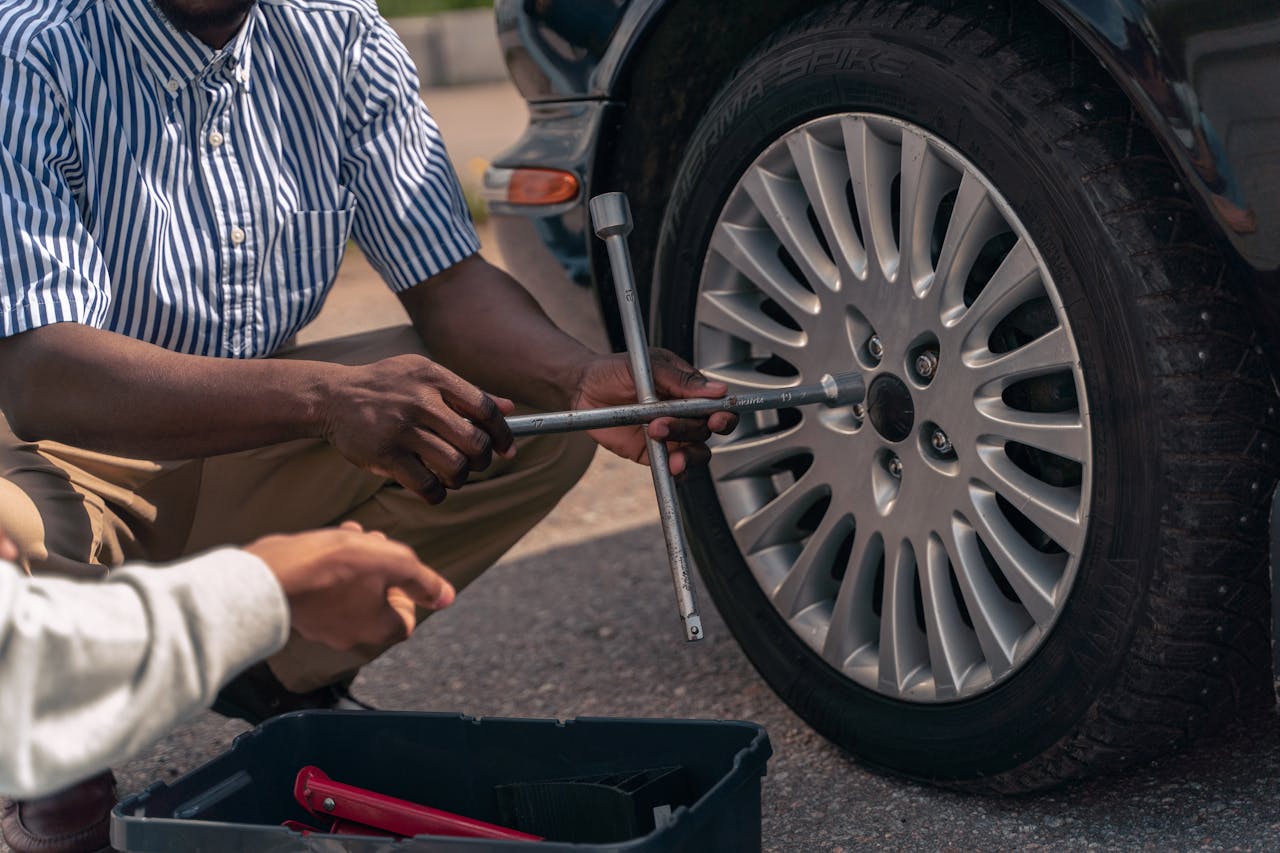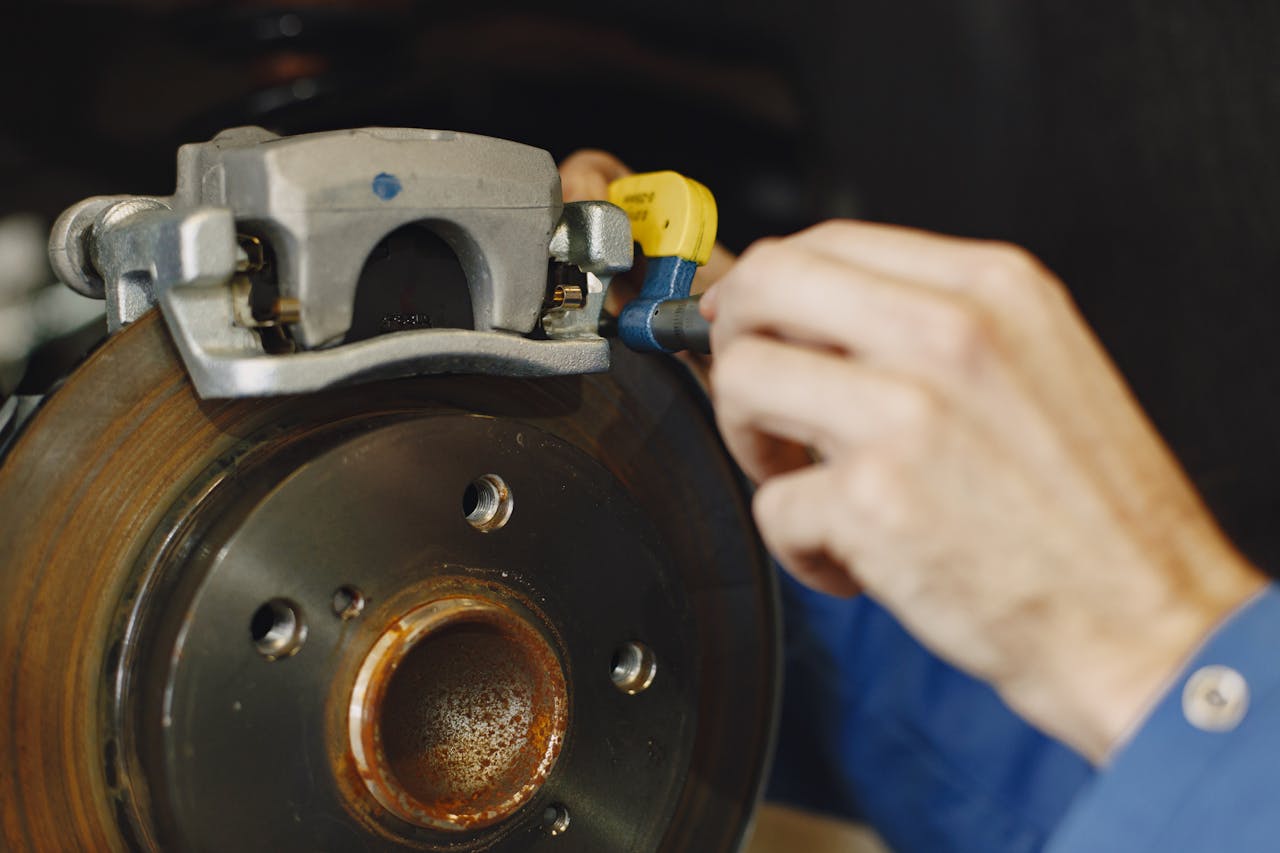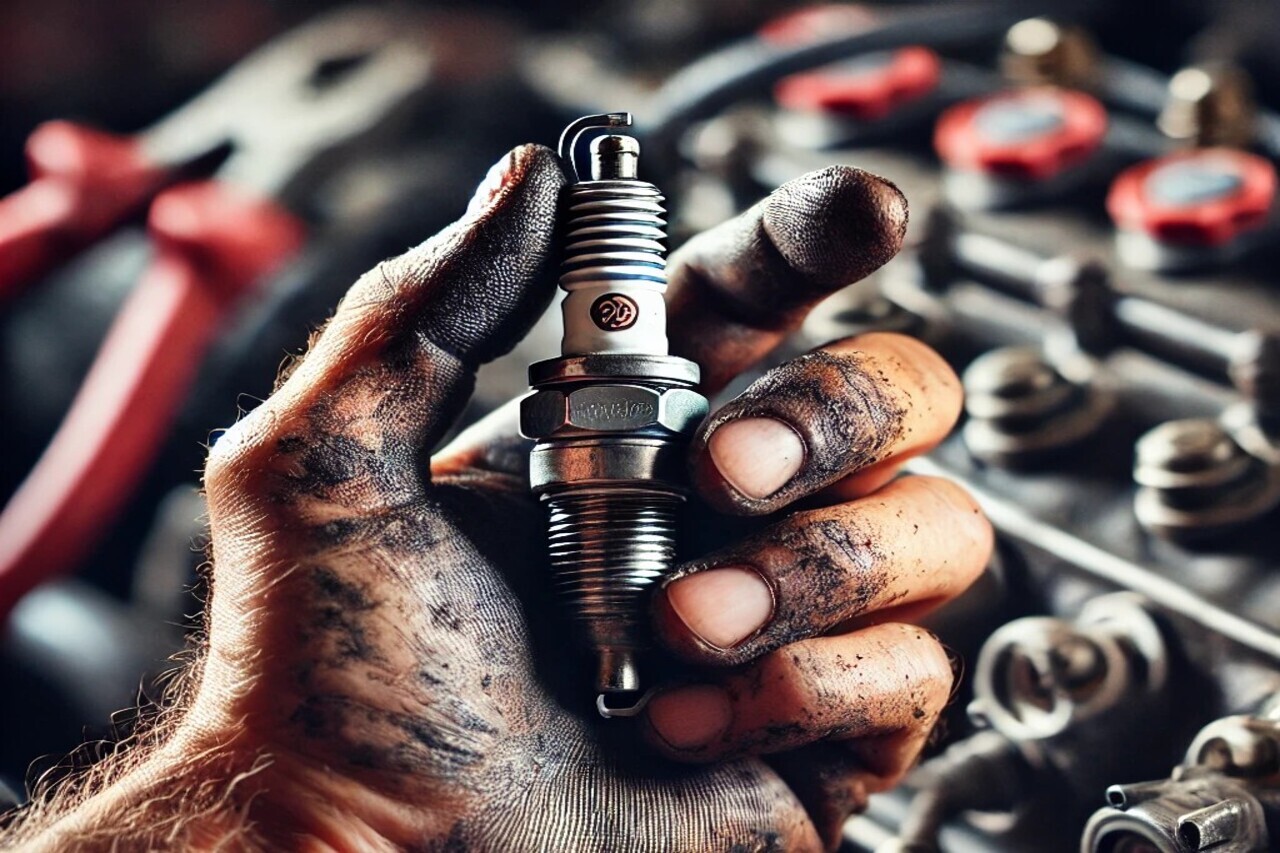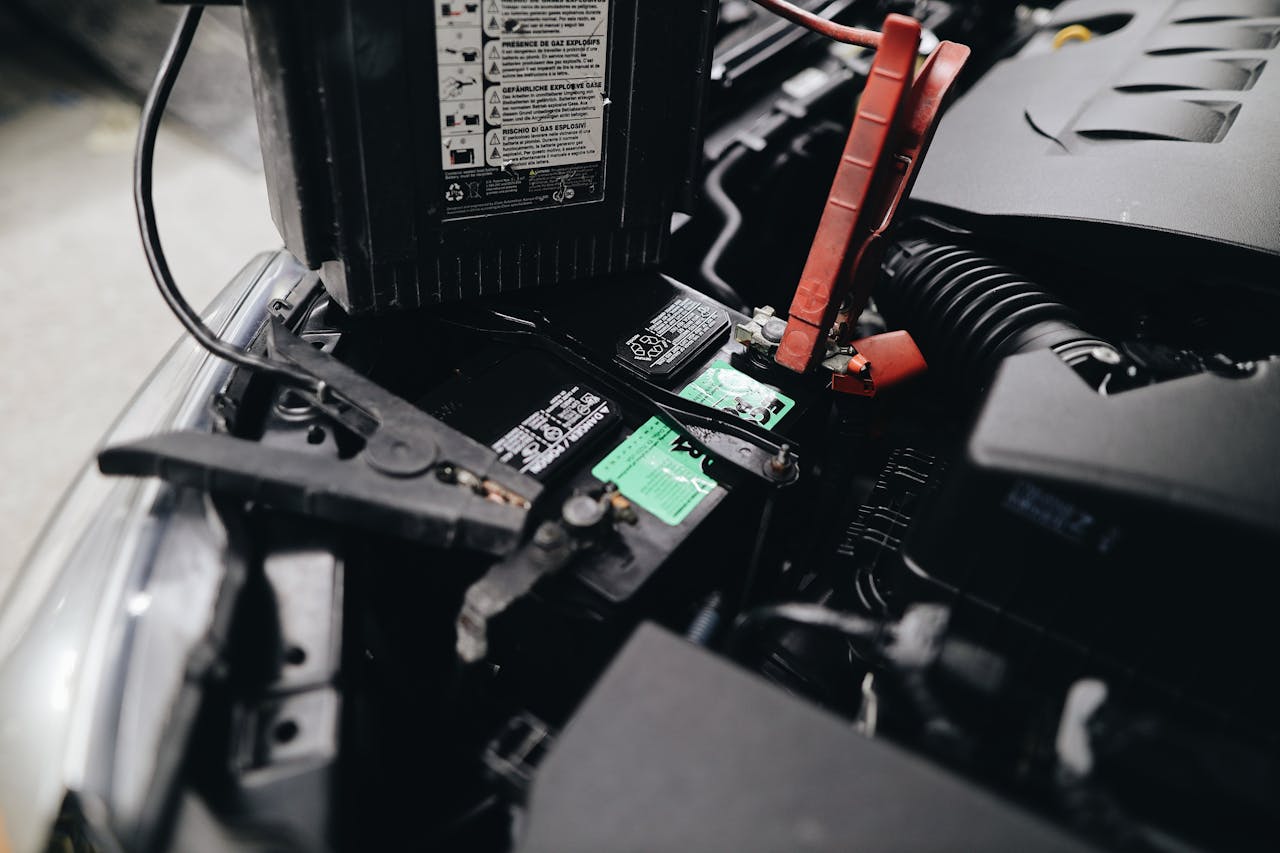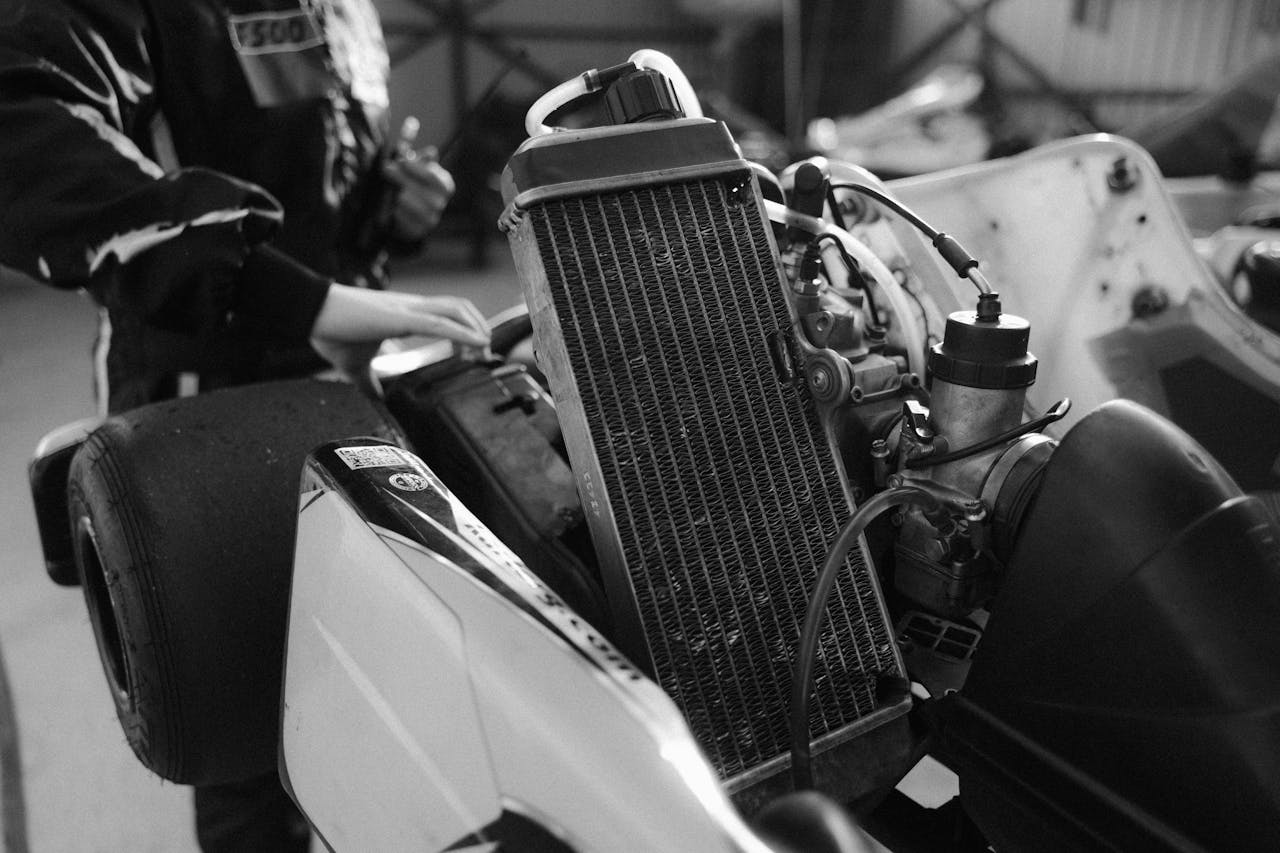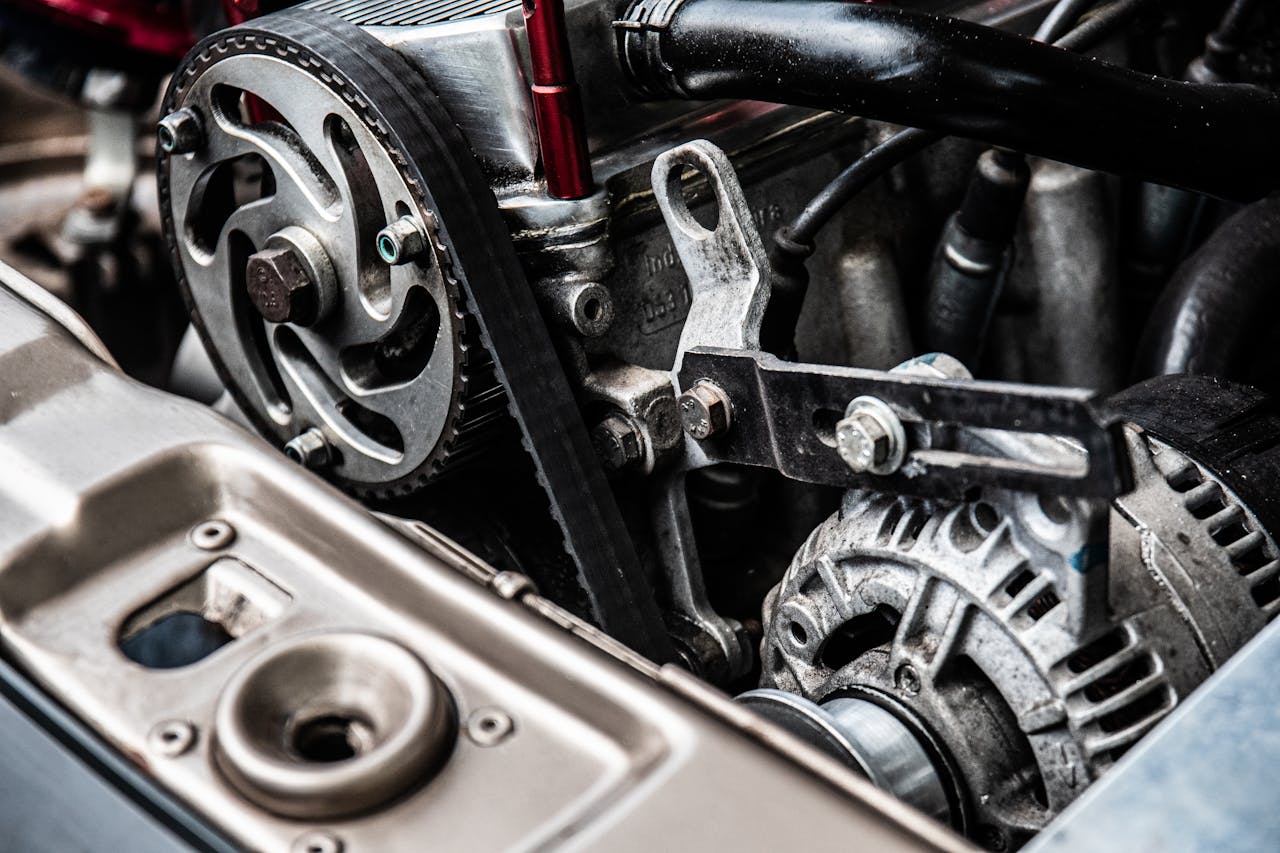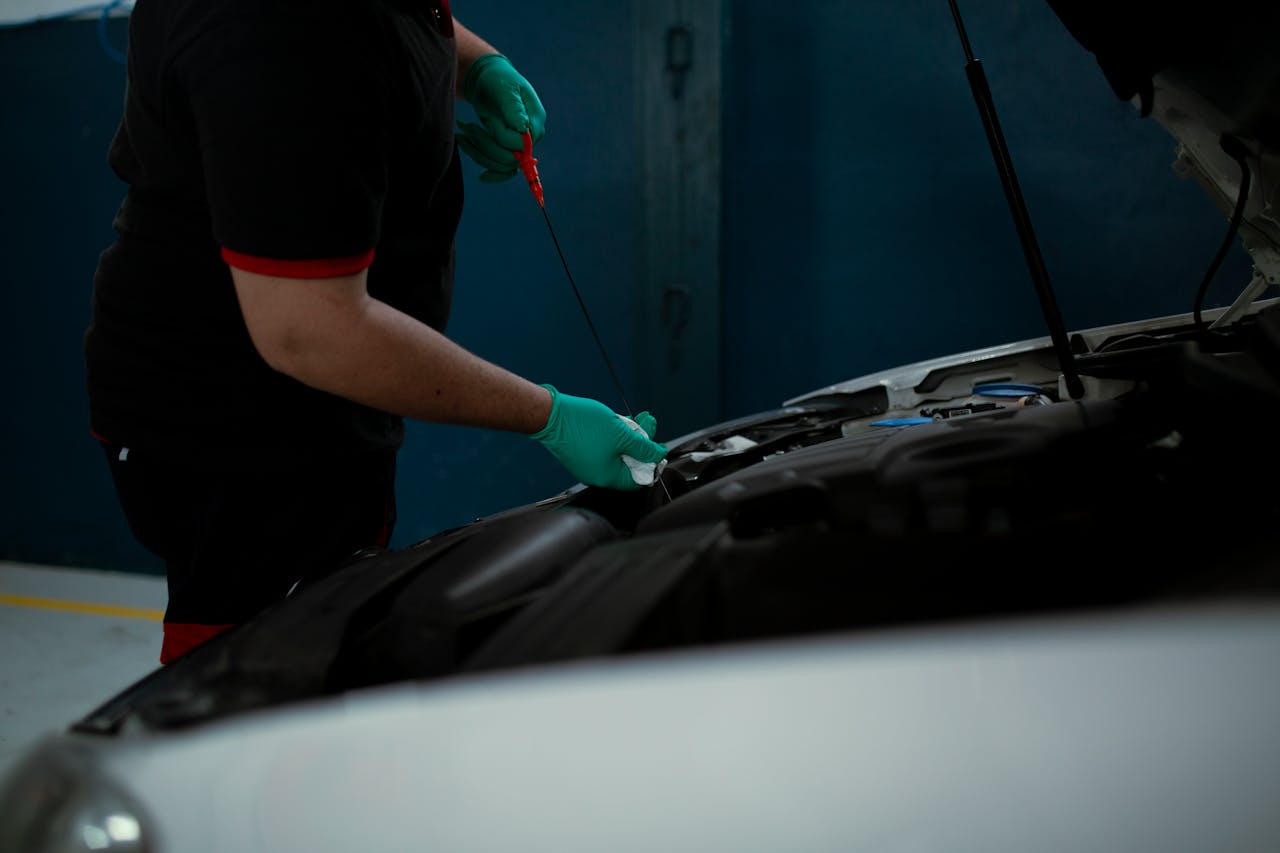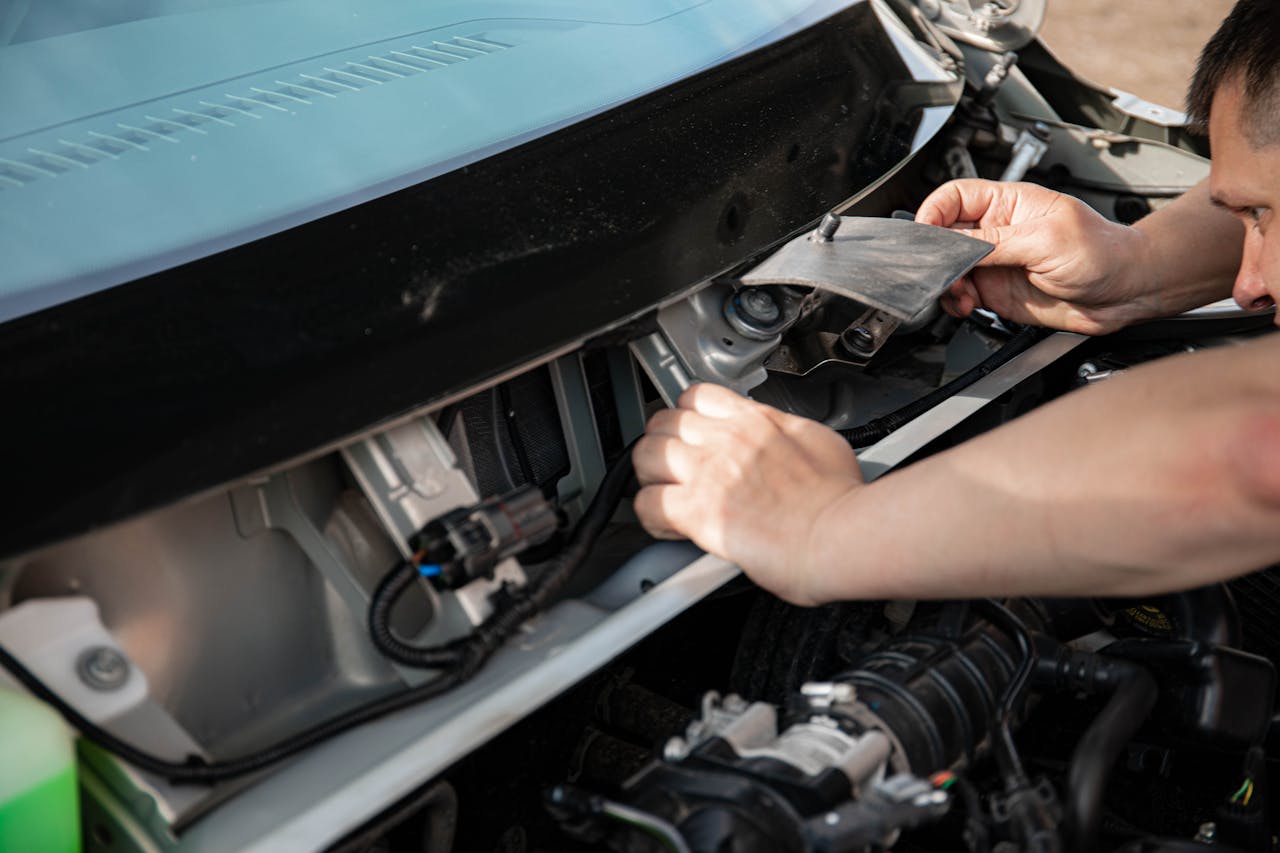Owning a car can be expensive, with ongoing costs for fuel, insurance, and routine maintenance. While some repairs require professional help, many simple car maintenance tasks can be done yourself, saving you hundreds of dollars on labor fees. By investing a little time and effort, you can handle a variety of repairs and upkeep without breaking the bank. Here are 10 DIY car maintenance tips that will help you keep your car running smoothly and save money in the process.
1. Change Your Oil Regularly
Changing your car’s oil is one of the most crucial maintenance tasks to keep your engine running smoothly. Over time, oil breaks down and loses its ability to lubricate engine parts effectively, which can lead to engine damage. By changing your oil yourself, you can save between $20 and $50 compared to paying for a professional oil change. All you need is the right oil, an oil filter, and some basic tools like a drain pan and a wrench. Be sure to follow your car’s manual for the correct oil type and change intervals to keep your engine in top condition.
2. Replace Air Filters
A clogged air filter can reduce your engine’s performance and fuel efficiency. Replacing the air filter is an easy and inexpensive task that can improve your car’s gas mileage and engine health. Air filters typically cost between $10 and $20, and the replacement process is simple. Just locate the filter compartment, remove the old filter, and install a new one. Changing the air filter every 12,000 to 15,000 miles will help your engine run more efficiently and save you money at the gas pump.
3. Rotate Your Tires
Rotating your tires is essential for ensuring even wear and extending the lifespan of your tires. If you neglect tire rotation, you may experience premature tire wear, which could lead to costly replacements. The process is straightforward: lift your car with a jack, remove the tires, and swap their positions according to the manufacturer’s instructions. You can perform this task every 6,000 to 8,000 miles, which is the typical interval for tire rotations. Not only will this DIY task save you money on labor costs, but it will also help your tires last longer, giving you better value for your money.
4. Check and Replace Brake Pads
Brake pads are vital to your car’s safety, and replacing them on time is essential to avoid costly repairs. Worn brake pads can reduce your car’s stopping power, putting you at risk of accidents and causing damage to the brake rotors. Thankfully, replacing brake pads is a simple DIY job. With basic tools like a jack, jack stands, and a lug wrench, you can replace the pads yourself and save hundreds of dollars on labor. Brake pads typically cost between $30 and $100, and replacing them regularly will keep your car’s braking system in good working order.
5. Replace Windshield Wipers
Windshield wipers are often overlooked but are essential for maintaining clear visibility during rain or snow. Over time, wipers can become cracked, torn, or ineffective at clearing your windshield. Replacing them is quick and inexpensive, with wiper blades typically costing between $10 and $30 for a pair. The replacement process is simple: just lift the wiper arm and snap off the old blades, then install the new ones. Replacing your wipers every six months will ensure you always have clear visibility, preventing dangerous driving conditions caused by poor weather.
6. Change Your Spark Plugs
Spark plugs are responsible for igniting the fuel in your engine. When they wear out, your engine may misfire, leading to poor performance and reduced fuel efficiency. Replacing spark plugs is a relatively easy task that can save you money and improve your car’s performance. To do this, you’ll need a spark plug socket and a torque wrench. Spark plugs typically cost between $5 and $20 each, and replacing them yourself can save you hundreds of dollars compared to paying for a professional service. Be sure to replace spark plugs every 30,000 to 100,000 miles, depending on your car’s make and model.
7. Maintain Your Battery
A dead battery is a common cause of car breakdowns, but with proper maintenance, you can extend its life and avoid the hassle of being stranded. Regularly check the battery terminals for corrosion and clean them with a mixture of baking soda and water. You can also use a voltmeter to check the battery’s charge. If your battery is more than three years old, consider replacing it yourself. A new battery typically costs between $50 and $150, and replacing it is a relatively simple task with the right tools. Keeping your battery terminals clean and ensuring the battery is charged will help you avoid expensive roadside assistance fees.
8. Flush Your Radiator
Your car’s radiator is essential for keeping the engine cool, preventing overheating. Over time, the coolant can become dirty and lose its effectiveness. Flushing your radiator and replacing the coolant is an important maintenance task that can prevent engine damage. You’ll need to drain the old coolant, flush the radiator with water, and refill it with the appropriate coolant. This task is simple to perform at home and can save you from costly repairs due to overheating. Be sure to use the correct coolant type and follow your car’s manual for the recommended intervals.
9. Inspect and Replace Belts and Hoses
Belts and hoses are responsible for running critical systems in your car, such as the engine, power steering, and air conditioning. Over time, these components can wear out, crack, or break, leading to costly repairs if not addressed. Inspect your belts and hoses regularly for signs of wear, such as cracks, fraying, or leaks. Replacing a worn-out belt or hose is relatively easy with basic tools, and doing so yourself can save you hundreds of dollars. It’s recommended to replace belts and hoses every 60,000 miles or sooner if you notice any signs of damage.
10. Check Fluid Levels
Maintaining the correct fluid levels is crucial for your car’s performance and longevity. Fluids like engine oil, transmission fluid, brake fluid, power steering fluid, and coolant all need to be checked regularly to ensure they’re at optimal levels. Checking and topping off fluids is an easy DIY task that can prevent major engine or transmission issues. It only takes a few minutes, and keeping your fluids in check can save you from expensive repairs down the road. Make it a habit to check your fluid levels every month to keep your car running smoothly.
Final Thoughts
Car maintenance doesn’t have to be expensive. By performing these simple DIY tasks, you can save hundreds of dollars on labor fees while keeping your vehicle in top condition. Whether you’re changing the oil, rotating the tires, or replacing brake pads, these tasks are easy to do at home with the right tools and a little time. Regular maintenance will help your car run smoothly, improve fuel efficiency, and extend its lifespan. By taking charge of your car’s upkeep, you’ll not only save money but also avoid costly repairs in the future.

